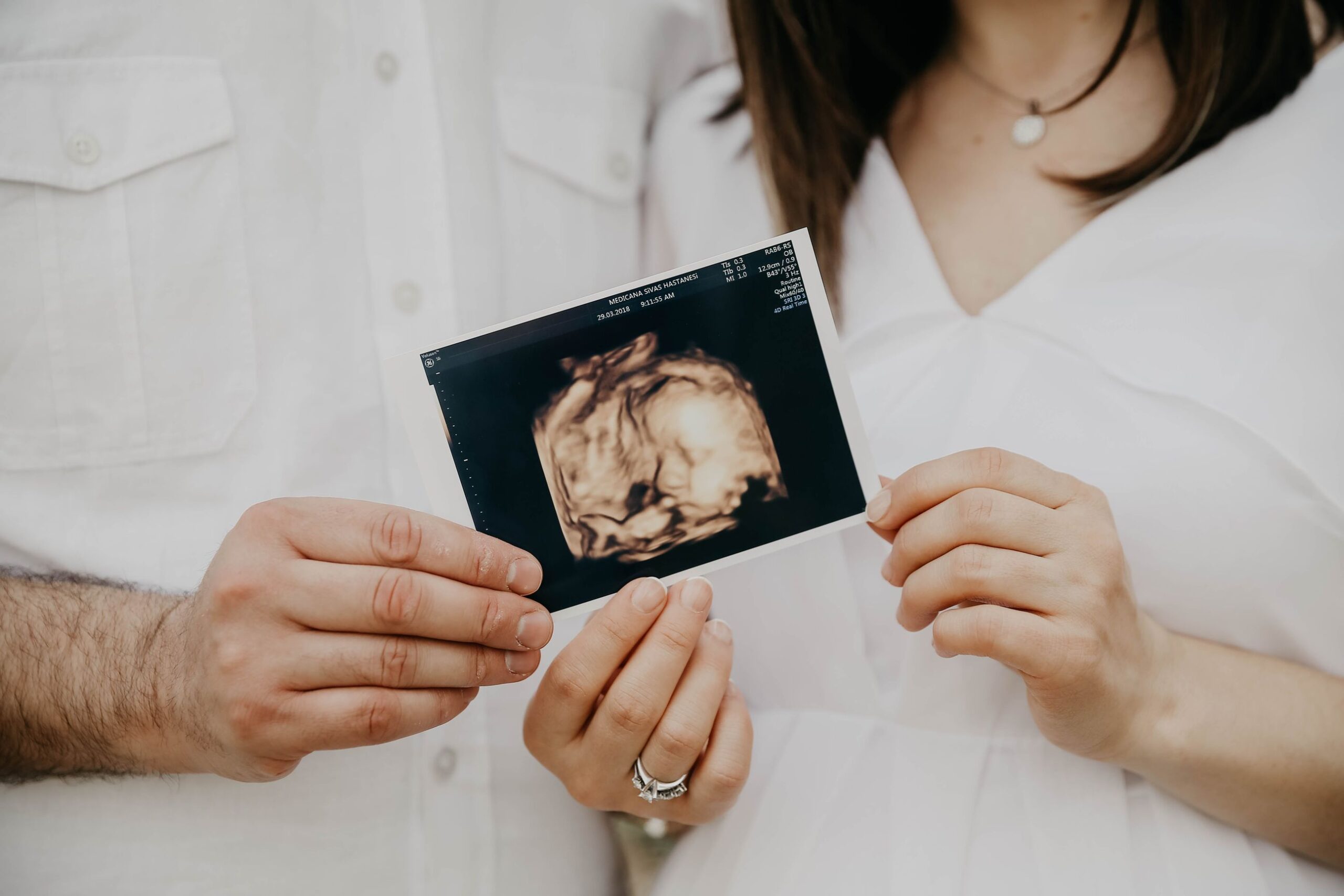Ultrasound imaging stands as a pivotal tool in modern diagnostic medicine, providing invaluable insights into the body’s internal structures without the need for invasive procedures. At the heart of its success lies the concept of ultrasound coupling and the acoustic interface — two critical elements that ensure sound waves efficiently penetrate the body and return accurate, high-quality images. This article explores the principles behind ultrasound coupling and the acoustic interface, delves into the challenges and solutions, and discusses their significance in improving diagnostic outcomes.
Ultrasound Coupling: Bridging the Gap
Ultrasound coupling refers to the process of enhancing the transmission of ultrasound waves from the transducer into the patient’s body. Without effective coupling, the majority of ultrasound energy would be reflected off the skin due to the significant impedance mismatch between air and body tissues. This is where the coupling medium, commonly known as ultrasound gel, plays a pivotal role.
The Role of Ultrasound Gel
Ultrasound gel acts as a conductive medium that fills the air gaps and conforms to the irregularities of the skin’s surface, thereby creating a seamless bridge for ultrasound wave propagation. Its composition — primarily water-based to match the acoustic impedance of soft tissue — minimizes the loss of ultrasound energy and maximizes the clarity of the reflected echoes.
Alternative Coupling Methods
While ultrasound gel is the standard coupling medium, alternative methods may be used in specific scenarios, such as the use of stand-off pads for improved visualization of superficial structures or in procedures where gel use is impractical. In internal sonography, the natural fluids within the body serve as the coupling medium, facilitating the transmission of ultrasound waves.
The Acoustic Interface: The Boundary of Reflection
The acoustic interface refers to the boundary between two different media across which the ultrasound waves travel. Each time the ultrasound beam encounters a new medium (e.g., from fat to liver tissue), part of the wave is reflected back to the transducer, and part of it continues through the new medium. The degree of reflection and transmission is determined by the acoustic impedance of the tissues involved.
Importance of Acoustic Impedance
Acoustic impedance is a property of tissue that affects how much of the ultrasound beam is reflected at an interface and how much transmits through. A greater difference in impedance between two adjacent tissues results in more reflection, contributing to the contrast seen in ultrasound images. This contrast allows for the delineation of structures and the identification of pathologies.
Challenges at the Acoustic Interface
Understanding and managing the challenges presented by the acoustic interface are vital for accurate imaging. Issues such as acoustic shadowing, where a highly reflective interface (e.g., bone or calculi) impedes the visualization of structures deep to it, or enhancement artifacts behind fluid-filled structures, require skillful interpretation by the sonographer to avoid diagnostic errors.
Enhancing Diagnostic Accuracy
The efficiency of ultrasound coupling and the proper interpretation of acoustic interfaces directly influence the quality of the ultrasound images obtained and, consequently, the accuracy of the diagnosis. Sonographers and physicians must possess a deep understanding of these principles to optimize imaging techniques and interpret the resulting images correctly.
Technological Advances
Advancements in ultrasound technology continuously aim to mitigate the challenges posed by coupling and acoustic interfaces. Innovations such as adaptive algorithms for signal processing, improved transducer designs, and enhanced gel formulations have significantly boosted the quality and diagnostic utility of ultrasound imaging.
Conclusion
Ultrasound coupling and the acoustic interface are fundamental concepts that underpin the success of ultrasound imaging as a diagnostic modality. Through the appropriate use of coupling mediums and a comprehensive understanding of how ultrasound waves interact with various tissue interfaces, healthcare professionals can ensure the acquisition of high-quality images. This, in turn, leads to more accurate diagnoses, better patient outcomes, and the continued evolution of ultrasound technology. As ultrasound imaging evolves, so too will the strategies to optimize coupling and understand the complexities of the acoustic interface, preserving ultrasound’s place at the forefront of diagnostic medicine.









